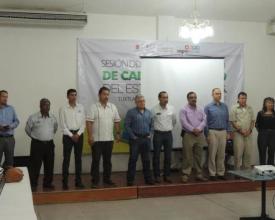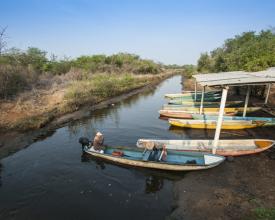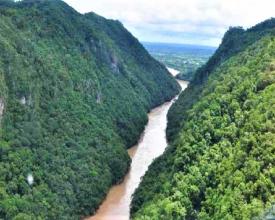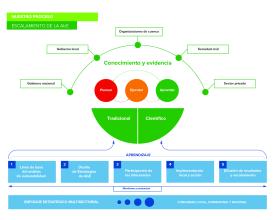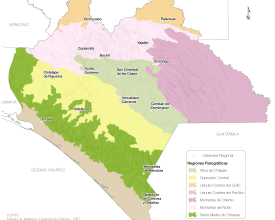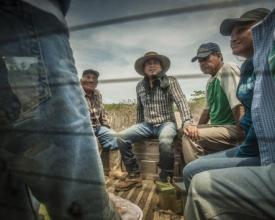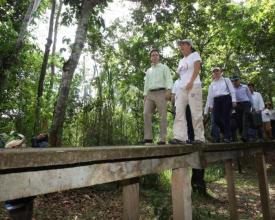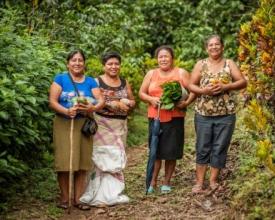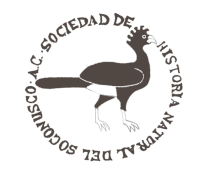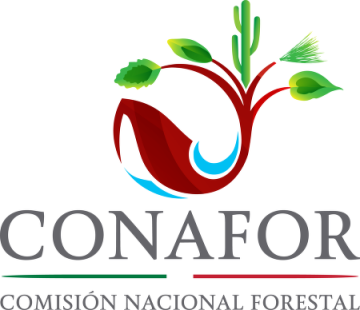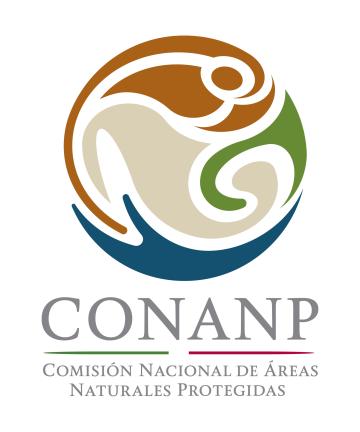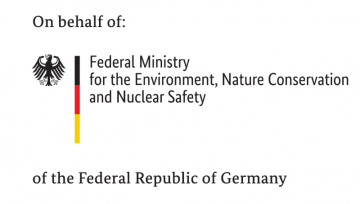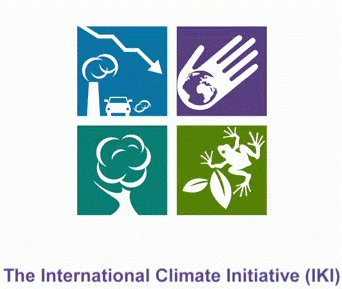
Governance for adaptation in Chiapas - Mexico
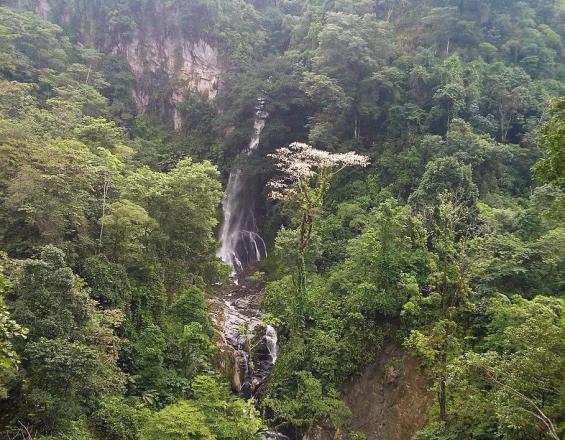
Chiapas is mega-diverse and highly vulnerable to climate change. It is among Mexico’s lowest income States and with a mayority of population living in rural areas. In this context, local communities are implementing conservation and EbA measures, but further financial and improved participation and multilevel governance mechanisms are needed.
This solution builds a multidimensional governance and participatory model (BB1) and uses an ecosystem approach (BB2). It strengthens the Climate Change Advisory Council of Chiapas (CCAD) which is the platform for public participation and consultative body of the Climate Change Inter-Secretariat Coordination Commission. The solution focused on reactivating this Council to become a bridge between policy-making and local adaptation action.
Context
Challenges addressed
- Chiapas is particularly exposed to hydro-meteorological phenomena, such as tropical cyclones, floods and droughts, which have already caused human losses as well as high economic and social costs.
- Between 1999 and 2009, Chiapas evidenced 21 disasters, with the agricultural sector being the most affected by climate events.
- The current climate change bodies of Chiapas lack linkages with the state's watershed governance platforms, which hinders the integral application of EbA and basin-wide approaches.
- Although the Climate Change Law of the State of Chiapas (2013) created the Climate Change Advisory Council, it remained inactive since its constitution in 2014, due to the voluntary (non-paid) basis of the Council members. This left a mechanism gap in the promotion of public participation in the adaptation and mitigation policies of Chiapas.
- Decision makers are often not sufficiently informed regarding ecosystem services and their benefits for adaptation.
Location
Process
Summary of the process
- Chiapas is mega-diverse and highly vulnerable to climate change. It is among Mexico’s lowest income States and a large part of its population lives in rural areas. Thus, economic development and EbA may appear as competing objectives. Strengthening Chiapa’s climate change institutionality is strategic for mainstreaming EbA as a development objective in Chiapas and having budget assigned for EbA measures. Ejidos and watershed organizations in Chiapas are implementing EbA measures, but further financial support is needed. The Advisory Council is key to bridge the gap between policy-making at state level and adaptation needs at local level. Therefore, this solution has i) strengthened the Advisory Council and ii) shared evidence and experiences of EbA measures benefits.
- Further work is needed for the Advisory Council to have a higher impact on influencing policy-making by informing on the benefits of EbA: i) to improve mechanisms for participation of Basin Organizations and Ejido representatives of the State of Chiapas and ii) to improve mechanisms for the integration of local and traditional knowledge in its work.
Building Blocks
Achieving multi-dimensional and participatory governance for adaptation
The Climate Change State System is the permanent mechanism for communication and coordination of State entities and municipalities on climate change policies. It members are: Climate Change Inter-Secretariat Coordination Commission (CCISCC), Climate Change Advisory Council (CCAC), State Secretary of Environment, federal delegations, mayors and state Congress.The CCISC is in charge of developing the adaptation and mitigation policies against climate change in the State of Chiapas and the CCAC is the permanent consultative body. Although the CCAC was established in 2014, it was inoperative, leaving a gap in the promotion of public participation in the formulation and implementation of CC policies.
IUCN conducted an analysis and interviews to identify the reasons behind it, which were: 1) lack of time due to the honorific (non-paid) basis of the Counsellor and 2) lack of an Internal Regulations with rules on removal from office due to prolonged absence. Counsellor lasts 3 years in office, thus IUCN and the State Secretariat of Environment used the momentum in 2017 to promote the appointment of new Counsellors by the CCISCC president and the elaboration of its Internal Regulation. They also made sure to include a Working Group on Adaptation.
Enabling factors
The multidimensional participatory governance improvement was possible thanks to a variety of enabling factors:
- Political will and commitment
- Commitment from NGOs
- Committed local communities with experience in conservation actions
- Media coverage
- Support from ongoing adaptation projects, both from international cooperation and national programs.
Lesson learned
- In order to constitute a multidimensional governance platform, the Advisory Council should promote multi-sectoral integration, but also multi-level integration. This implies the inclusion of Ejido representatives, local actors and indigenous peoples so that these actors can put their proposals, adaptation needs (particularly for EbA) and mitigation opportunities, before state authorities.
- Considering that over 50% of Chiapas population live in rural areas and that some Counsellors live far from Chiapa’s capital, it is important to develop decentralized mechanisms for representation and participation in decision-making. Otherwise the institutional setting may fail to achieve its goal.
- Spaces such as the National Congress on Climate Change Research, supported in recent years by the Advisory Council, offer dissemination and networking opportunity so that actors, such as Ejidos, researchers and civil society, can present their needs and proposals related to climate change.
Note: The Ejido is a system of land tenure and form of communal organization, where communities sow to help each other.
Achieving governance for adaptation with an ecosystem approach
The Advisory Council serves as a vehicle to escalate up to the Commission local experiences and evidence of the benefits of ecosystem based adaptation. To address adaptation challenges, it is governed by several criteria, among them: identify and reduce the vulnerability of society and ecosystems; consider climate change scenarios in territorial planning; study and strengthen the resilience and adaptive capacity of natural and human systems; take advantage of opportunities generated by new climatic conditions and; promote food security, productivity and ecosystem conservation. To facilitate the consideration of technical matters, the Council established 4 Working Groups, the last one being that for Adaptation. This latter Group hopes to consolidate a space for exchanges and multidisciplinary synergies, where its members can advocate for EbA. The Council's contribution to governance for adaptation will depend on the mechanisms it is able to facilitate for the integration of grassroots and civil society organizations (ejidos). If it also adopted a basin-wide approach to territorial management, and collaborated with the other Working Groups, it could build an even more collegial, ecosystemic and resilient governance model.
Enabling factors
- Having evidence of EbA effectiveness for mainstreaming EbA throught the Advisory Council: Community vulnerability studies and experiences in applying EbA measures in ejidos of the upper watersheds of the Coatán and Cahoacán rivers, and on the coast (Tapachula) were developed and shared with the Council.
- Sharing the evidence widely to mainstream EbA: Studies were presented at VII National Congress on Climate Change Research, allowing for network-building, awareness-raising and experience-exchange on EbA effectiveness.
Lesson learned
- A barrier to EbA implementation is financial resources. Reaching policy-makers to include EbA as a State development priority and assign budget remains a challenge. Despite Counsellors being open to leverage EbA approaches to policy-makers, there is still need for greater linkages between State’s climate change institutional system and watershed management organizations/resource management organizations.
- EbA can achieve greater impacts by complementing actions and recognizing synergies with other strategies, such as mitigation /emissions reductions (e.g. REDD+) and disaster risk reduction. This is relevant as a way to expand the Council's agenda, which has tended to focus more on mitigation issues.
- To truly achieve multidimensional, ecosystemic, sustainable and participatory governance, these CC institutionality and grassroot organizations must demonstrate greater coordination over time, including the ability to jointly assess the effectiveness of adaptation policies and co-benefits for mitigation.
Impacts
- Activation of the Climate Change Advisory Council of Chiapas as a platform for informed and responsible social participation in policy- making.
- Integration of a Working Group for Adaptation within the Council, in charge of leading discussions on adaptation actions at state level, including EbA.
- Preparation of an Internal Regulation to set rules for the participation and functions of the members of the Advisory Council and its Working Groups.
- Public consultation for the REDD+ State Strategy led by the Council, where synergies between EbA and REDD+ were explored.
- Collection and Processing of evidence on the benefits of Ecosystem-based Adaptation (EbA) for food and water security (based on the experiences of implementing EbA measures in ejidos of the Coatán and Cahoacán river basins, both in the upper part and on the coast).
Beneficiaries
Climate Change Advisory Council which is active and has a Working Group on Adaptation.
Climate Change Inter-Secretariat Coordination Commission of Chiapas, advised by the Advisory Council.
Chiapas' inhabitants and organizations, who can participate.

